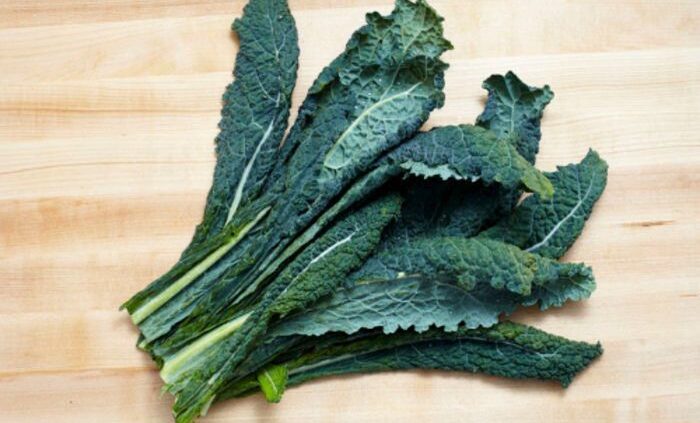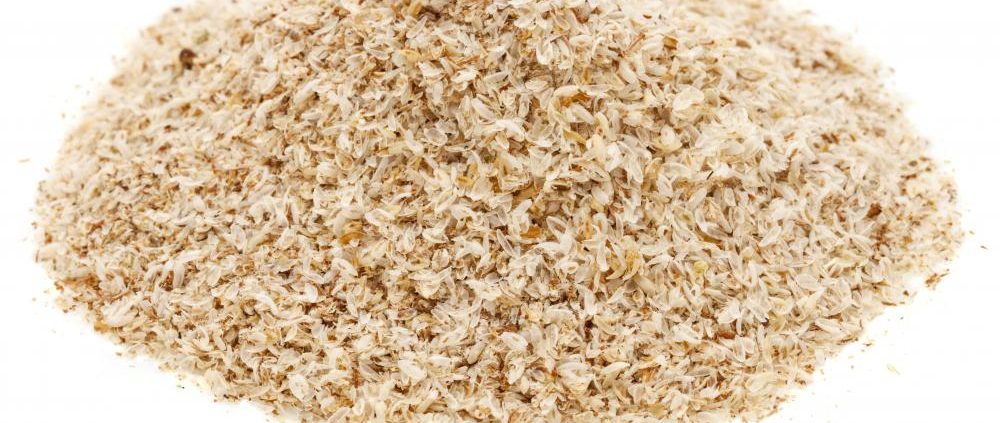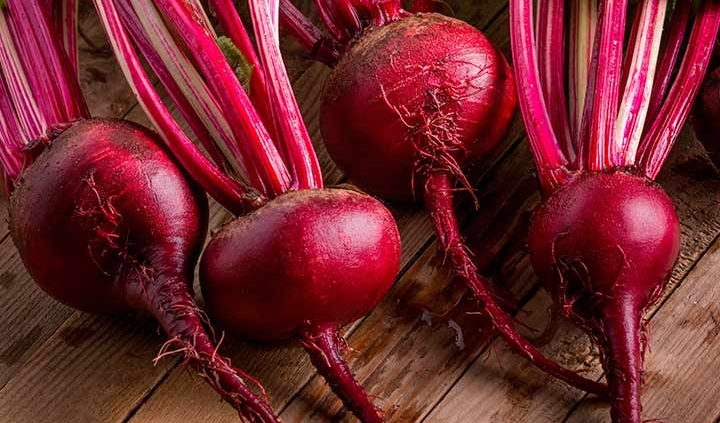This week I’m excited to introduce you to a digestive superhero I know and love, a veritable Wonder Woman of digestive health: psyllium husk.
Most of you know I love teaching people how to support their digestive health. Talking about poop is as normal to me as talking about the weather, and I feel confident this little seed could help you have such brag-worthy b.m.’s that you’ll start enjoying poop conversations as much as I do.
It’s one of those tools I like to keep in my back pocket, especially when I’m working with folks with constipation. It rarely lets me down.
Psyllium, or psyllium husk powder, comes from a shrub-like plant and is chock full of fiber, both soluble and insoluble. Think of psyllium less as food for you and more as food for the millions of bacteria that live in your gut. It’s vitally important we pay attention to and support these bacterial friends since they profoundly influence so many aspects of our health: immune function, mood, weight, digestive well-being, and much more.
In other words, psyllium can help build a healthy and robust bacterial ecosystem, which is critical to overall health.
When the bacteria in our gut feast on all the great fiber in psyllium, they produce a short chain fatty acid called butyrate, which is shown to increase insulin sensitivity and have anti-inflammatory effects, in addition to improving digestion. Furthermore, as this little husk makes its way down the intestinal tract, it absorbs water and forms a spongy gel, which adds bulk to stool, scrubs the intestinal tract clean, and binds to toxins, ushering them out of the body through well-formed stool.
Think of it as an “intestinal soft scrub.”
And yes, while I especially love using psyllium to jumpstart a stalled digestive system, it can also be helpful for those folks on the other end of the digestive spectrum – those who struggle with diarrhea. Because psyllium absorbs water and bulks up, it can help slow down or stop diarrhea.
It can speed things up, slow things down, bulk things out – it’s a digestive superhero!
In addition to enjoying bulkier, more robust stools (yes, these are enjoyable), side benefits of psyllium husk can also include:
- more stable blood sugar: in general, fiber helps slow down the absorption of sugars into one’s blood stream, which is pretty much always a good thing. Stable blood sugar is a key building block of health.
- lowering LDL, or “bad,” cholesterol numbers by inhibiting its absorption in your intestines
- feeling fuller longer, thereby curbing the urge to overeat
- weight loss, which is inevitable when you start clearing out toxins and built-up stool
- clearer skin: psyllium husk can help move yeast and fungus out of your body, helping to clear rashes or other skin issues that have been exacerbated by these conditions
So, are you going to give it a try? What do you have to lose? Probably just some old, impacted fecal matter if you ask me, and that will certainly put an extra bounce in your step.
Keep in Mind
For those ready to experiment with this digestive superhero right away, keep the following tips in mind:
- Psyllium should not be treated as a replacement for the beneficial fiber you get when eating fresh fruits, vegetables, nuts, and seeds. It’s a SUPPLEMENT. Make sure you’re consuming plenty of whole foods daily. (FYI: 10-12 servings is considered the gold standard these days.)
- Drink plenty of water when you take psyllium – at least a full 8-ounce glass. Because psyllium bulks up, it does have the potential to cause an obstruction if someone is chronically dehydrated. Obviously that’s the last thing we want! Staying hydrated is simply a foundational building block of health, so aim for 50-70 ounces of water daily.
- Gradually build up the amount you take, starting with just a 1/2 teaspoon a day and increasing to no more than 2 Tablespoons daily. If the intestinal tract has become lazy, it can take some time to get it moving again. Be gentle with your body.
- Finally, if you take medications or other vitamin/mineral supplements, consume psyllium either an hour before or two hours after you take your medications, vitamins, or minerals. It can interfere with absorption if taken to close together.
How to Get Your Psylly On
Like any new food or supplement, psyllium can feel a bit mysterious, but it’s actually pretty easy to get into your body.
Most of the time I simply add it to an 8-ounce glass of water and drink it down. That’s likely the easiest method, and it ensures you’re taking it with enough water, which I mentioned is very important.
Other options include adding it to yogurt or smoothies, but you’ll want to make sure to send it down the hatch quickly if you add it to a smoothie. It starts gelling up within minutes and will make your smoothie pretty darn thick. Some people don’t like that texture.
Are you somebody who likes to make protein bars or power balls? You can often sneak in a couple tablespoons of psyllium powder to your recipe, and chances are you won’t even notice it’s in there. Psyllium acts as a binder, too, so it can even help hold gluten-free products together, which is a bonus.
If you have other ideas, please share in the comments section! I always love ideas and feedback!
So what do you say? Are you ready to get your psylly on? If you do, make sure to let me know how it goes.
Love, Claudine




Follow